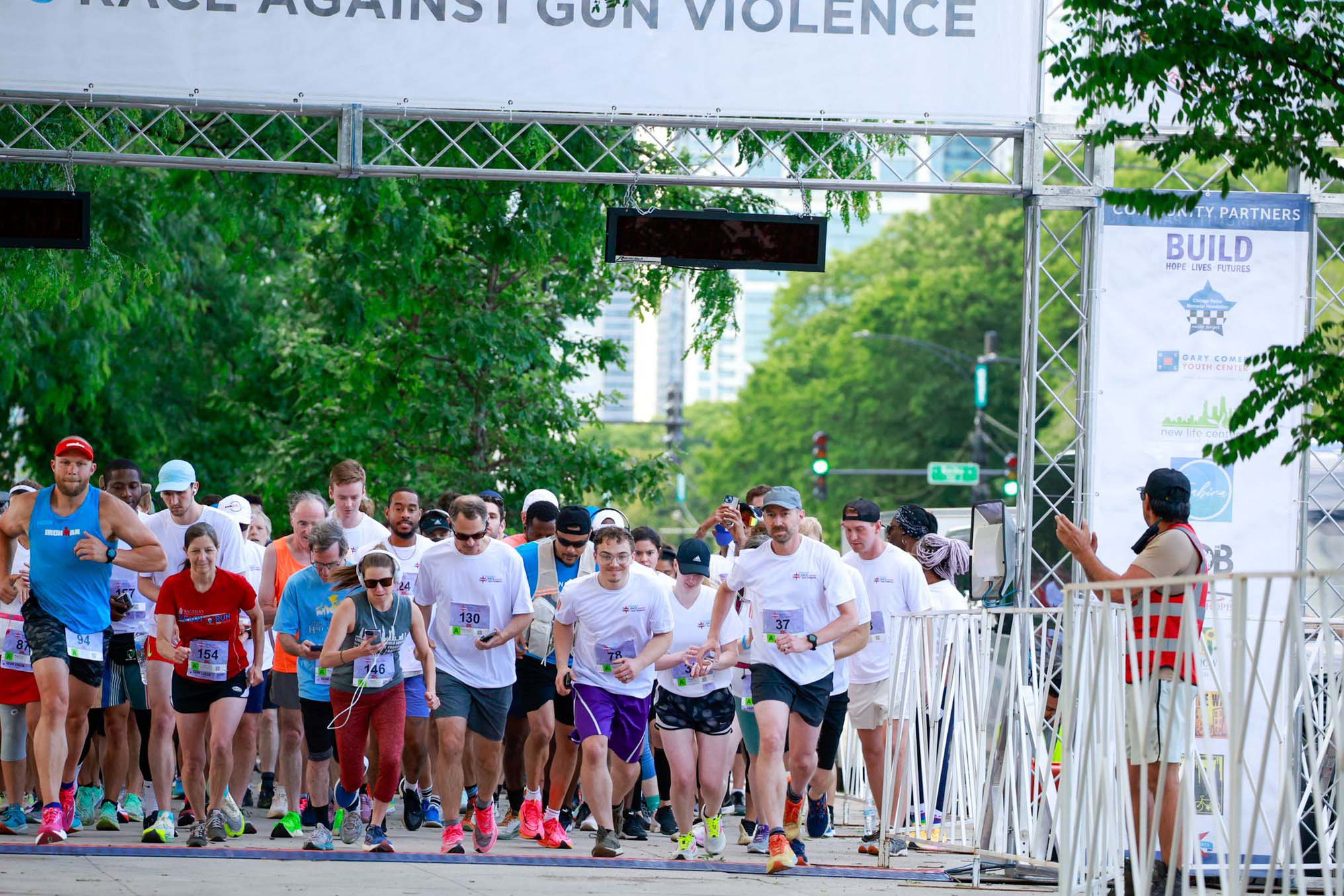Is Studio Cycling Dead? What’s Next for The Workout
During the 2010s, indoor cycling became one of the most popular workouts in the fitness industry, catapulted by the heightened atmosphere and community found in boutique cycling studios like SoulCycle, Flywheel Sports, CycleBar, and hundreds of other local businesses.
As part of these studio cycling workouts, instructors are more than just a coach but part DJ and part motivational speaker. The dim lighting and loud music turn the workout into a sweat-drenched party with your friends — but the COVID-19 pandemic put a damper on that clublike celebration as people were forced into lockdown and working out alone.
Fast forward to the present: As the world emerges from the pandemic and people are gathering en masse again, recent headlines would lead you to believe studio cycling is officially dead. SoulCycle closed a fourth of its studios, Flywheel Sports filed for bankruptcy, and class schedules around the country have been reduced to a fraction of what they were in 2019.
However, these headlines only paint a limited picture of the industry. The pandemic hasn’t decimated studio cycling — it’s simply shifted the landscape as consumers’ habits and interests change.
In fact, according to aSweatLife’s latest State of Fitness report, in 2022, 32.6% of respondents said they did indoor cycling compared to 20.2% in 2020. This, of course, is lower than the 56.9% of people who said they made indoor cycling part of their fitness routines in 2019, but it does show a partial rebound.

The changing landscape of studio cycling
“In my opinion, studio cycling never left — however, it does look a little different,” says Stu Fisher, cycle talent lead for Studio Three in Chicago.
Fisher explains that the landscape became diversified very quickly at the start and height of the pandemic. “At-home workouts and virtual classes definitely provided a convenient option for movement and connection to one another on a global level,” he says. “While I believe there’s room for virtual classes, I think people are returning to the studio because there’s something about the energy of being in the room that cannot be replicated elsewhere.”
As Fisher mentions, nothing beats the sense of community one can find in a group fitness studio, but digital and on-demand fitness aren’t going to disappear anytime soon. 2022 became the year of hybrid fitness routines, with consumers easing back into studio workouts but still keeping parts they like of their virtual programs. Companies that meet this demand for variety and flexibility and continue to deliver on all fronts are headed in the right direction.
How cycling studios are adapting to meet riders’ needs
CycleBar, for example, is reaping the benefits of meeting consumers where they are. In the last 12 months, the company opened over 30 new studios and welcomed hundreds of thousands of first-time riders. As part of the Xponential Fitness family of brands, CycleBar not only offers riders a topnotch in-studio experience but provides a digital fitness format with Xponential+ and access to other fitness modalities with XPASS, an in-house cross-brand subscription.
“While most will still prefer to be in a supportive, community-based environment that boutique fitness brands provide, there will be days people can’t get in for a workout,” says Trevor Lucas, president of CycleBar. “Those who can deliver a convenient on-demand option, or access to complementary modalities to help people meet their fitness and health goals, will be better equipped to succeed.”
However, instructors like Fisher know that offering variety and flexibility don’t equal automatic success. Consolidation of the indoor cycling market puts pressure on the studios still standing to deliver a world-class experience from the minute riders walk through their doors.
“Outstanding service with fun, effective, and safe workouts remain top priority for our members and guests,” says Fisher. “We have to make sure we deliver on every member interaction. From the studio quality itself to everything that our elite instructors produce, it has to be a best-in-class experience.”
The attention to that rider experience seems to be paying off. Fisher notes that Studio Three is seeing consistent gains across the board and some time slots are back to pre-pandemic utilization, often boasting a waitlist. While weekday morning classes may not be quite as popular as they were a few years ago — since many people still work remotely — evening, lunchtime, and weekend classes have seen a big uptick in attendance.
According to Lucas, CycleBar is also doubling down on its in-person offerings, as well as inclusivity, to buck the trend of struggling competitors.
“Inclusivity is part of our brand DNA, so 2023 will focus on continuing to deliver our CycleBar experience to new communities and enhancing the member journey everywhere we can, like our 2023 campaign of ‘Glow Rides’ across the country,” he says. “We say our classes are a party on a bike, but this year our members will really feel the ‘glow in the dark’ party vibe.”
The bottom line on studio cycling
In short, studio cycling appears to be far from a fad. Like every industry that was rocked by the pandemic, rebuilding simply takes time — but focusing on diversification and delivering an excellent customer experience will certainly help the workout ride on for years to come.
Image courtesy of CycleBar












